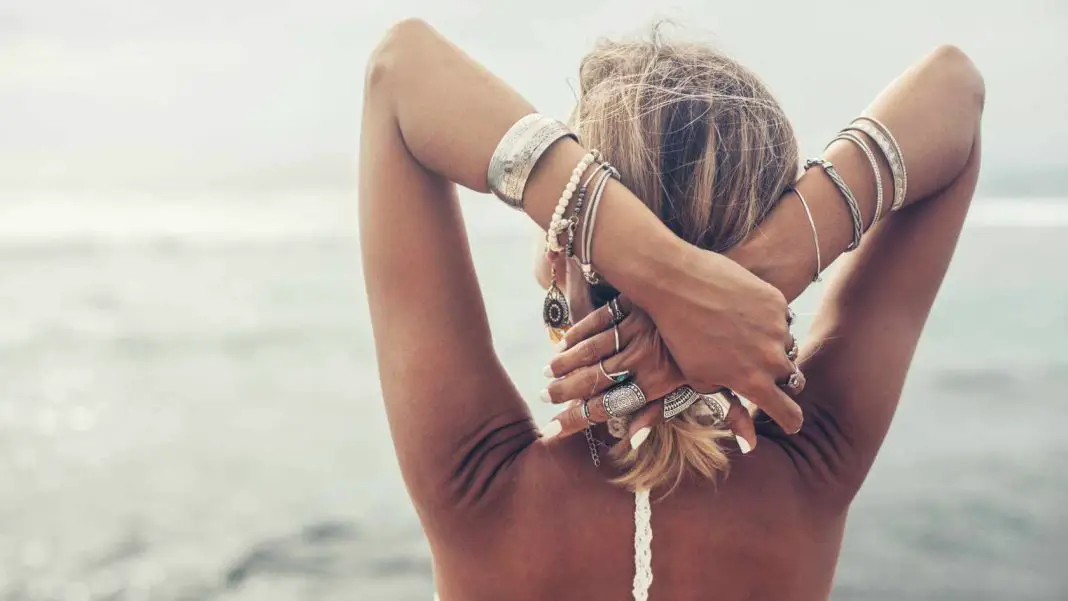Do you feel bored with normcore? Do you wish to showcase your inner designer and step outside your fashion comfort zone? If so, consider embracing boho style. With its emphasis on individuality and eclectic choices, there is almost no risk of making a fashion mistake due to inexperience.
Article Content
What’s Boho Style
To start with, let’s establish a starting point. Have you ever had an encounter with a psychic medium before? If not, consider exploring the option of having an online psychic reading – an excellent opportunity to gain insight into your future, enhance your romantic relationships, or simply have a compassionate and supportive listener. Moreover, it is far more convenient than having an in-person session.
However, if you have seen a psychic, particularly one who looks conventional (although that is becoming less common), you likely have a general understanding of what boho style appears like. Envision lengthy, relaxed, layered clothing that seems mismatched but still adheres to a distinctive and identifiable aesthetic. There are a lot of conflicting patterns, oversized accessories, and effortless hairstyles that appear as if one has just woken up. A wide range of elements characterize the boho style.
These are a few essential visual features of boho, a design and fashion style derived from bohemian culture. While it originated several decades ago, it has recently evolved and become incredibly popular. Boho truly reflects its name, embodying the expected appearance of a Brooklyn artist or a psychic reader.
The Origins of Boho
There are two primary perspectives regarding the exact origins of boho. According to one viewpoint, it can be traced back to the late 18th century when it gained popularity among the French upper class who supported the arts. It is said that these nobles and wealthy individuals dressed in a manner that resembled starving artists, aiming to differentiate themselves from other members of their social class. This explains the unique and diverse style often associated with boho.
On the contrary, the more convincing and well-supported perspective suggests that the origins of boho can be traced back to the 1960s, mainly influenced by the style and ideals of hippies and other rebellious movements. If one examines the photographs from the renowned Woodstock event, one may observe that some outfits worn by attendees closely resemble those seen at modern-day Coachella festivals.
The Principles of Boho Philosophy Are Centered Around Self-Expression, Eclecticism, and Comfort
Many top rated psychics and artists are drawn to boho because it prioritizes individuality and allows oneself to express. Within boho culture, there are no restrictions on creativity, allowing them to dress as they please without being judged as outsiders. Unsurprisingly, boho values this unrestricted self-expression as its primary focus.
Eclectic style is a fundamental aspect of the boho trend. The recent boho collections by designers like Simone Rocha and Chloé for the Spring/Summer 2022 season demonstrate how boho can successfully incorporate various elements. Whether it’s a combination of feminine grunge, patchwork, crochet, cowboy-inspired fashion, or flower-child aesthetics, boho effortlessly brings together these diverse styles and more.
Ultimately, boho fashion values comfort. Despite being a mix of various styles, boho fashion only supports including items like stilettos or bodycon dresses, as they seem like they need to be put in the right place. The purpose of long and flowing boho clothing is to provide the wearer with a sense of freedom and preparedness for any adventure. However, there is a separate variation called boho chic, which we will discuss later.
Signature Elements of Boho Style
We have already discussed some of the distinct features of boho fashion, such as flowy dresses and unique accessories with an artsy vibe. However, if you want to achieve a look that resembles someone, here are additional suggestions for boho outfits.
- The 1960s style influences Boho fashion and strongly emphasizes nature and sustainability. Natural fabrics like linen, hemp, seaweed, and accessories made of wood are all considered very boho. Thrifting, or buying second-hand items, also aligns with the boho philosophy and style.
- Combining floral prints with various textures brings out the flower-child aspect of the boho aesthetic. To achieve a stylish look, it is essential to complement flower prints with elements such as lace, crochet, thrifted leather, and jeans. Integrating additional eye-catching patterns, such as abstract or animal prints, in some regions of the outfit also creates a striking effect.
- Hair and makeup that appear effortless without any actual effort. It is widely recognized that the appealing “I woke up this way” hairstyle requires significant effort. However, it is essential to ensure this effort is not apparent. Having a perfectly sleek ponytail with excessive hair products or wearing heavy evening makeup can ruin the desired boho look.
When Is Boho Appropriate?
Considering fashion’s current laid-back and inclusive nature, the answer is generally yes. Of course, if you’re applying for a traditional corporate position at an old-fashioned company, something other than boho style may be suitable. Another exception would likely be attending a funeral. Besides those occasions, boho or its more sophisticated version, boho chic, can be worn at any other event or place.

The Urban Woman Magazine Editorial Team is made up of seasoned writers and editors who have a keen eye for detail and a passion for all things urban. We strive to create fresh, original content that appeals to the modern woman. Our mission is to provide a platform for women to share their stories, experiences and opinions on various issues affecting their lives.

